
Today, I want to learn about those wooden blinds you see hanging under the eaves of houses in summer!

Oh, you mean sudare! Alright, let’s learn about sudare together!
When summer’s intense sunlight starts pouring in, nothing feels more refreshing than a traditional sudare.
Made from natural materials like bamboo or reed, these elegant sunshades are not just a practical way to cool your home—they also add a touch of nostalgic charm to any space.
While air conditioners and curtains are common today, sudare remain popular in Japan thanks to their eco-friendly cooling effect and timeless design. They’re more than just a tool for blocking sunlight; they protect privacy, let in soft natural light, and even serve as a beautiful part of interior décor.
In this article, we’ll explore what a sudare is, its fascinating history, its benefits and drawbacks, and clever tips for where and how to install it to get the most out of this traditional Japanese summer essential.
What Is a Sudare?

Let’s start by checking out the basic facts about sudare!
The Basic Structure of a Sudare
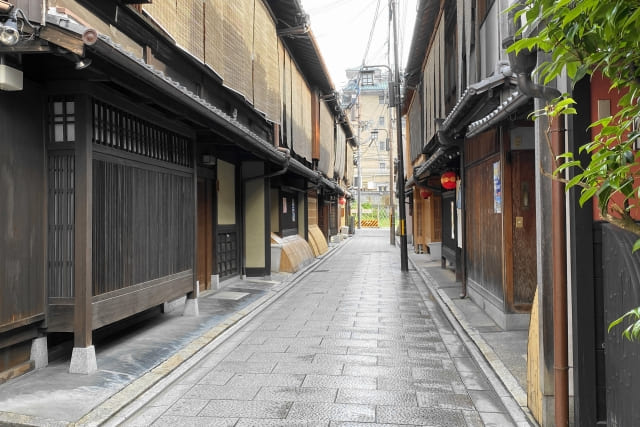
A sudare (簾) is a traditional Japanese sunshade made by weaving thin strips of bamboo or reed together with string.
Typically, it’s hung from the top of a window or veranda, blocking harsh sunlight while still allowing air to pass through.
This simple yet effective design keeps your home cool, reduces glare, and provides privacy—without completely shutting out natural light.
The History of Sudare
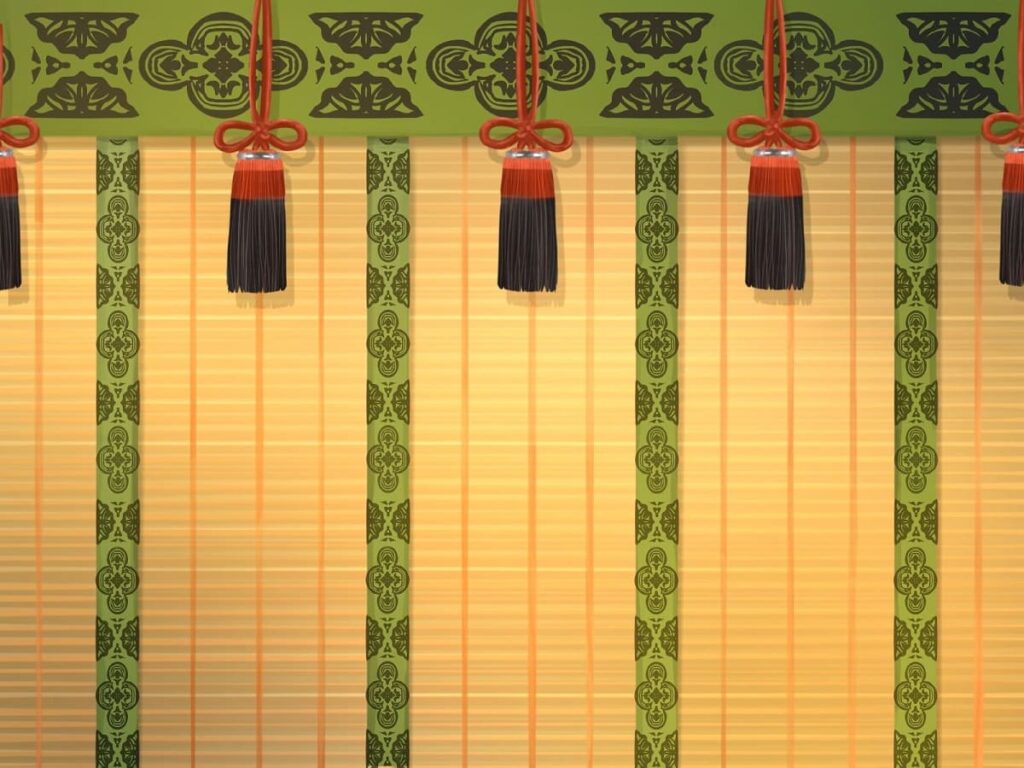
The history of sudare in Japan dates back at least to the Nara period (8th century).
Originally, they weren’t just for sun protection—they also served to shield high-ranking individuals from view.
By the Heian period (794–1185), aristocratic homes used sudare not only as sunshades but also as elegant room dividers. Back then, some were even decorated and considered a symbol of status and refinement.

Wow, I didn’t know sudare had been used since ancient times.

Sudare is such an elegant furnishing that it’s even mentioned in the Manyoshu, Japan’s oldest existing anthology of poetry.
The Role of Sudare Today
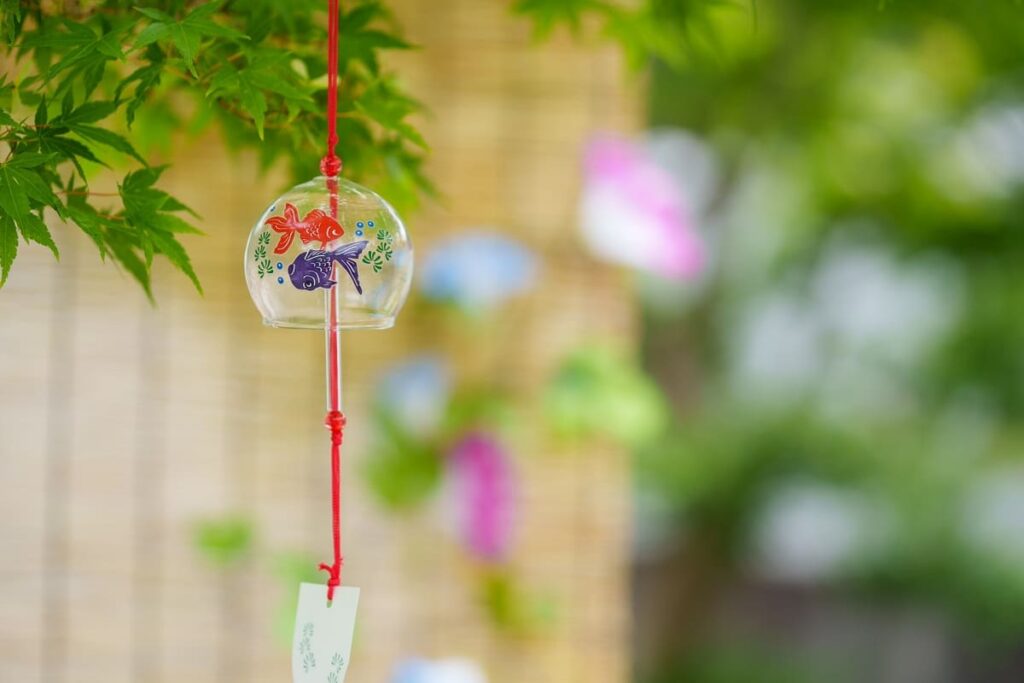
In modern times, sudare are mainly used as a practical way to beat the summer heat.
Although there’s no fixed rule for when to start using them, many people hang their sudare around June, when the sun becomes stronger.
They also work wonderfully in combination with air conditioning, improving cooling efficiency and reducing energy costs—making them both traditional and surprisingly eco-friendly.
Benefits of Sudare

I want to know the benefits of sudare!!
Natural Cooling
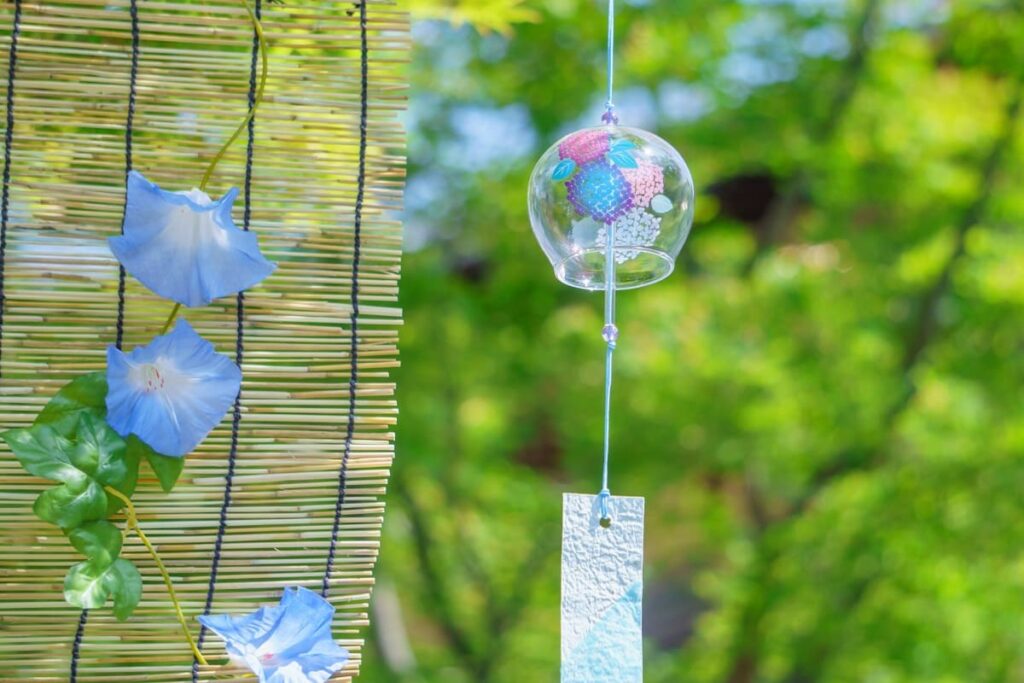
Because sudare block sunlight while allowing airflow, they help maintain a naturally cool indoor temperature.
For an extra cooling boost, you can sprinkle water over them—this creates an evaporative cooling effect, making the breeze that enters 2–3°C cooler than the outside air.
Privacy and Soft Lighting
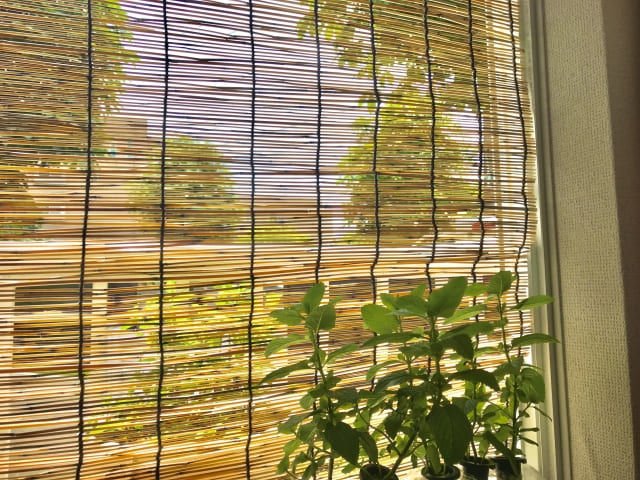
Unlike curtains or blinds that completely shut out the outside world, sudare allow a soft, filtered light to enter while maintaining privacy from the outside.
This creates a comfortable, airy atmosphere without the feeling of being closed off.

True, you can’t see inside a house with sudare hanging. They’re perfect for privacy!
A Touch of Traditional Aesthetics
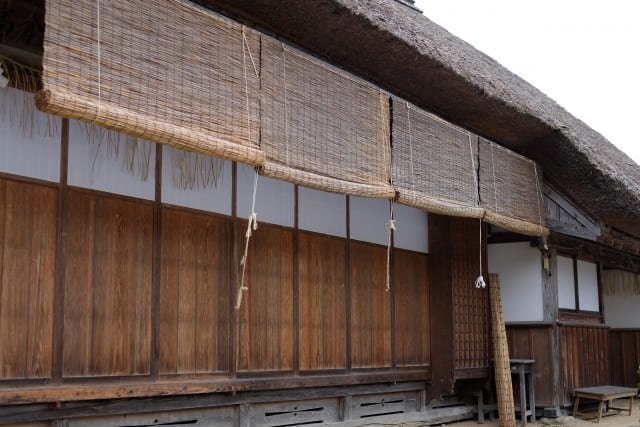
Bamboo and reed bring a natural, timeless beauty to any space.
Even in modern homes, sudare add a calming, Japanese-inspired look that doubles as stylish interior décor.
Drawbacks of Sudare

For Japanese people, sudare are very familiar, but they do have some drawbacks.
Limited Durability
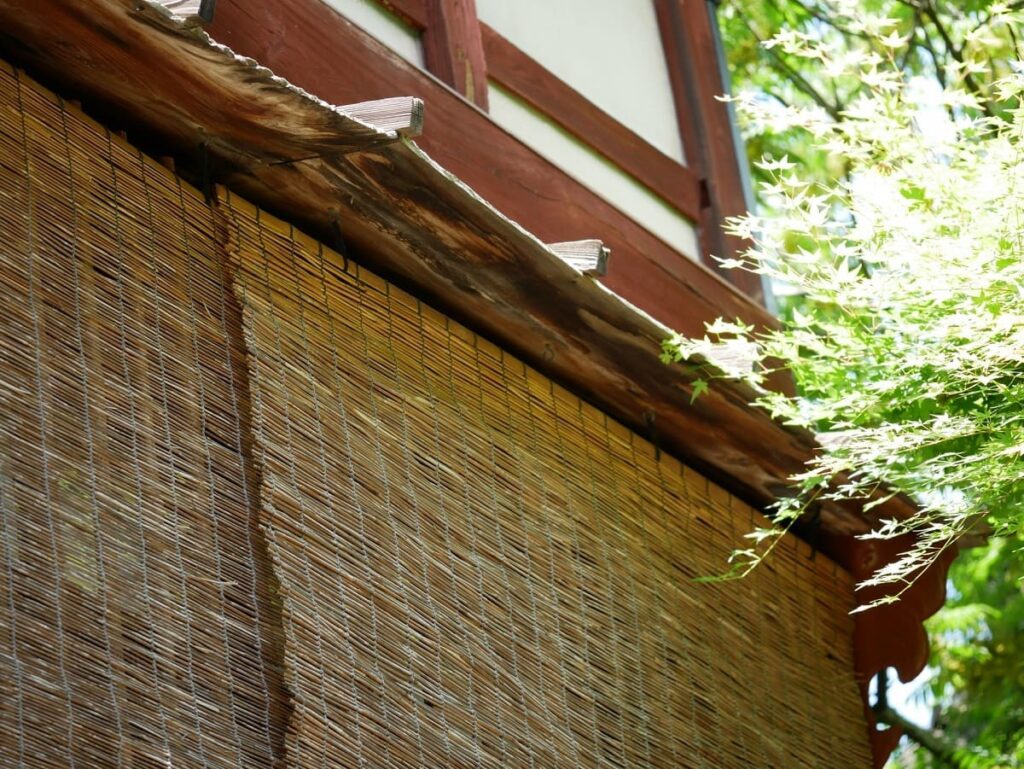
Since sudare are made from natural materials, they are prone to weather-related wear and tear.
Most will need to be replaced every 5 years, especially if exposed to direct sun or rain.
Reduced Visibility
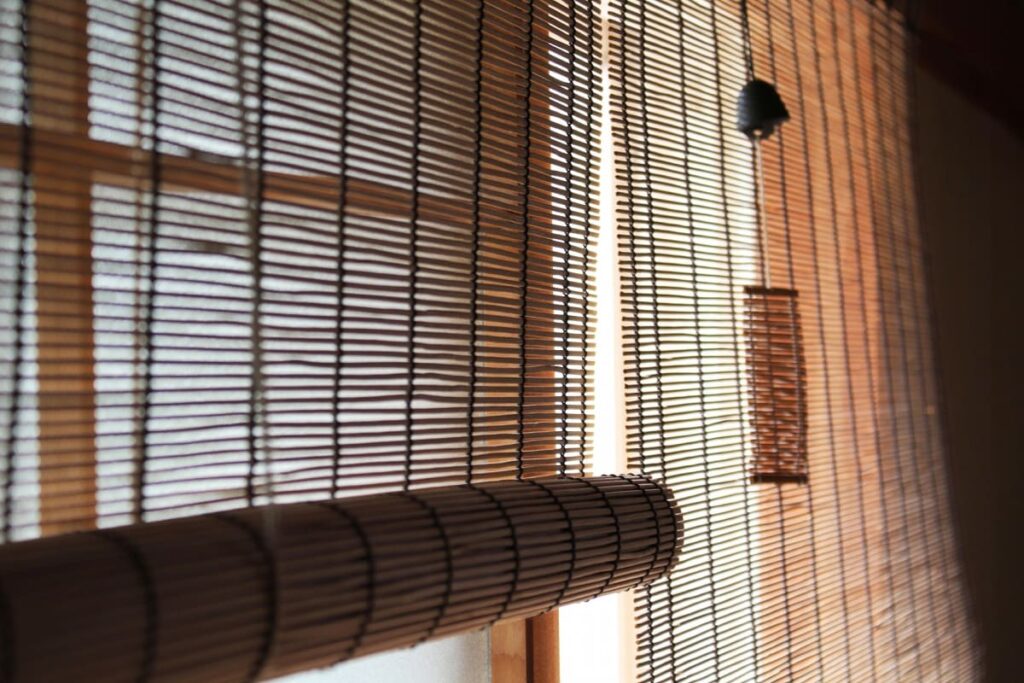
While sudare provide privacy from the outside, they also limit your ability to see out.
If you enjoy unobstructed views, you might prefer to install them only in certain areas.
Slightly Darker Interiors
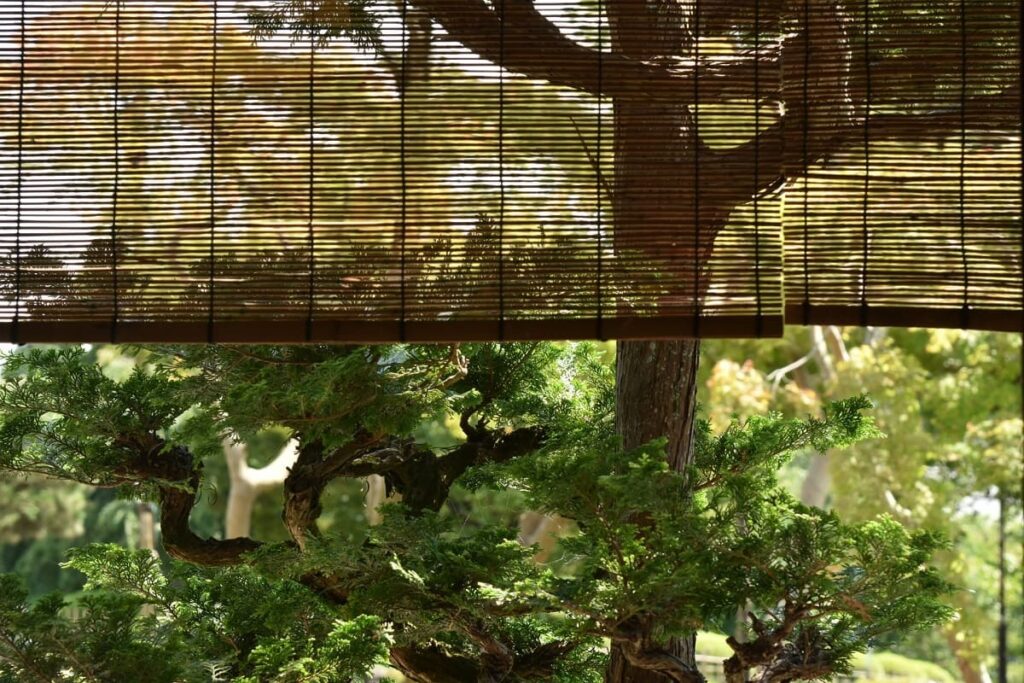
Because they block direct sunlight, sudare can make a room a bit darker.
If you want more natural light, you can use them selectively or combine them with sheer curtains.

They don’t block out light completely, but the room still gets darker—especially on cloudy days.
Tips for Installing Sudare
On the Balcony
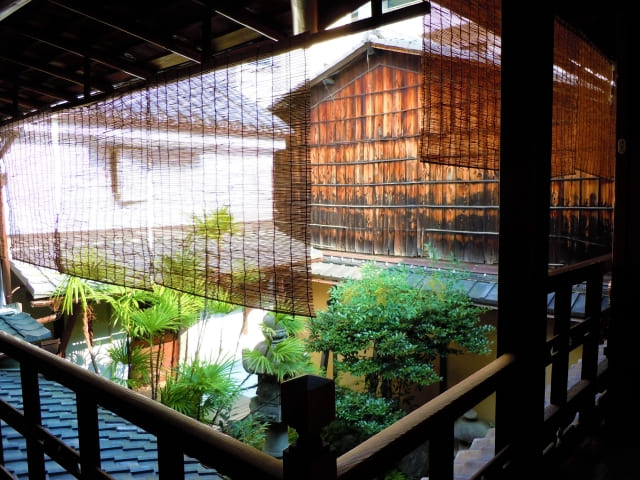
Hanging a sudare on a balcony is a great way to block direct sunlight while still allowing airflow.
This setup is especially popular in apartments where exterior shading options are limited.
On the Engawa (Veranda)
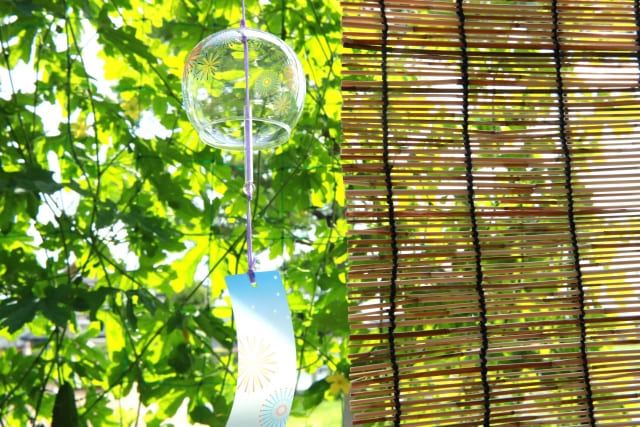
In traditional Japanese houses, sudare on the veranda (Engawa) create a perfect summer atmosphere.
You can enjoy the view outside while staying cool and shaded in true Japanese style.

Sudare and a summer veranda are the perfect match!
Indoors as Room Dividers
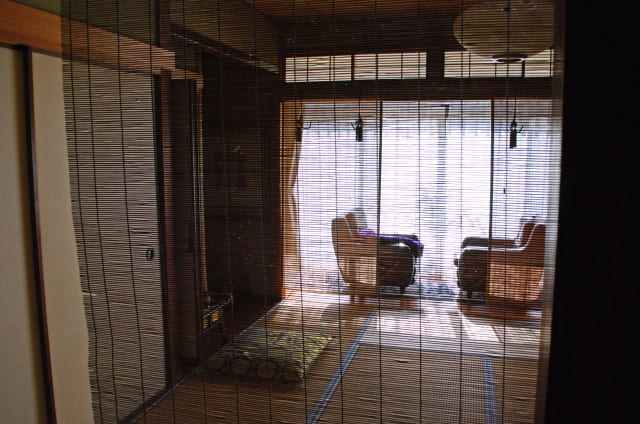
Today, many people also use sudare indoors as decorative room partitions.
Not only does this help create separate spaces, but it also adds a subtle, natural aesthetic to your home.
Sudare Q&A
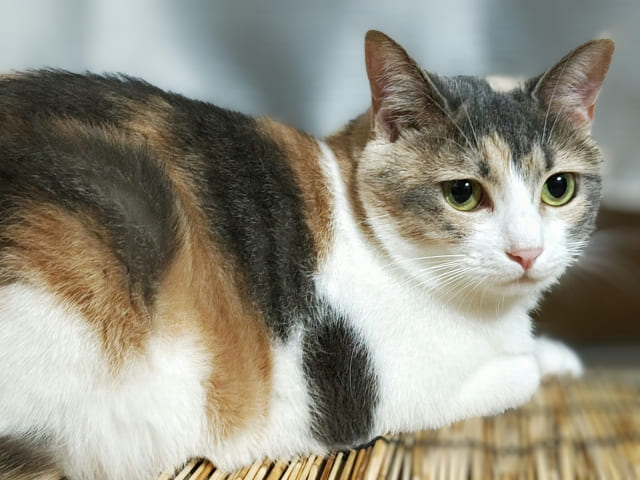
- QWhen should I start using a sudare?
- A
There’s no fixed date, but most people start around June, when the sun gets stronger.
- QDoes sprinkling water on a sudare really make a difference?
- A
Yes! It can lower the temperature of the incoming breeze by about 2–3°C, creating a refreshing cooling effect.
- QHow often should I replace my sudare?
- A
Generally, every 5 years, depending on exposure to weather and usage conditions.

You can buy sudare at supermarkets or home improvement stores, so give them a try!
Final Thoughts about Sudare
The sudare is more than just a sunshade—it’s a piece of Japanese wisdom passed down for centuries.
From the Nara period to modern-day apartments, it has remained a functional, eco-friendly, and beautiful way to stay cool in summer.
While there are a few drawbacks, smart placement and proper use can make sudare an invaluable addition to your home.
This summer, why not embrace tradition and enjoy the cooling comfort of a sudare in your own space?

If you are interested in Japan, you may love these games!

Yes! Let’s play!

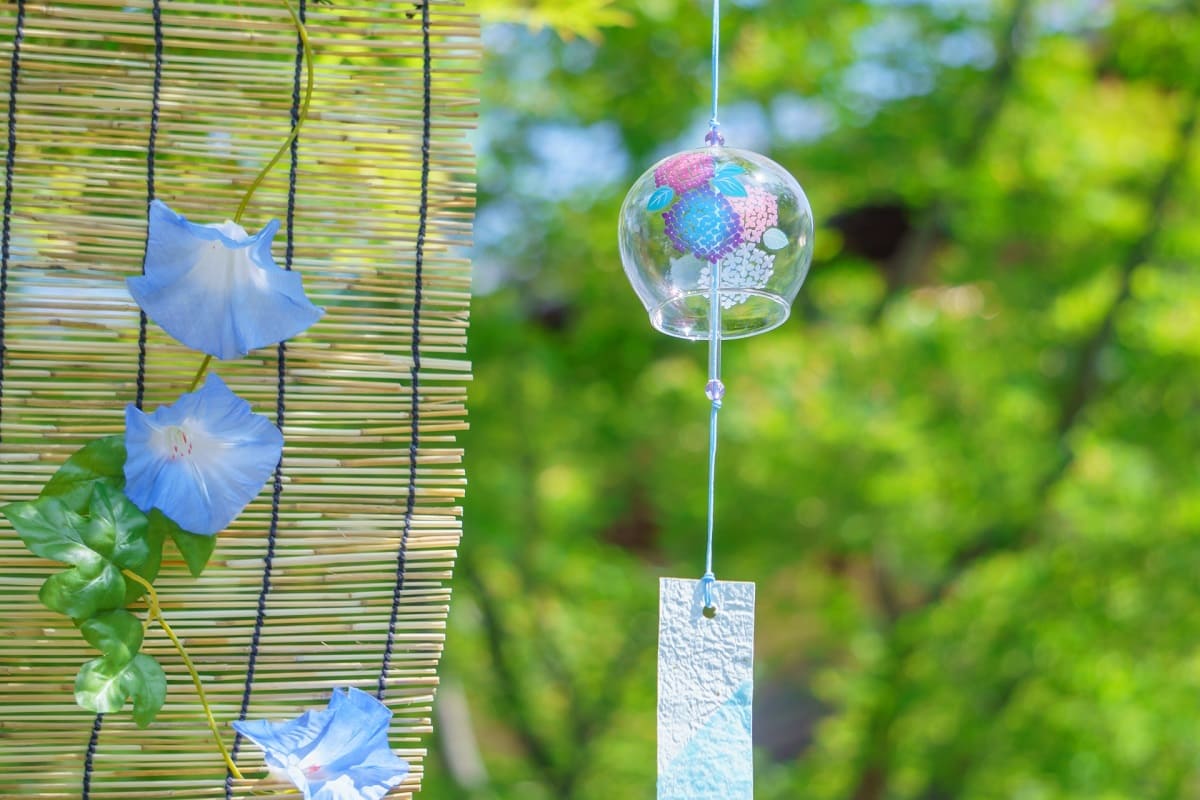


Comments